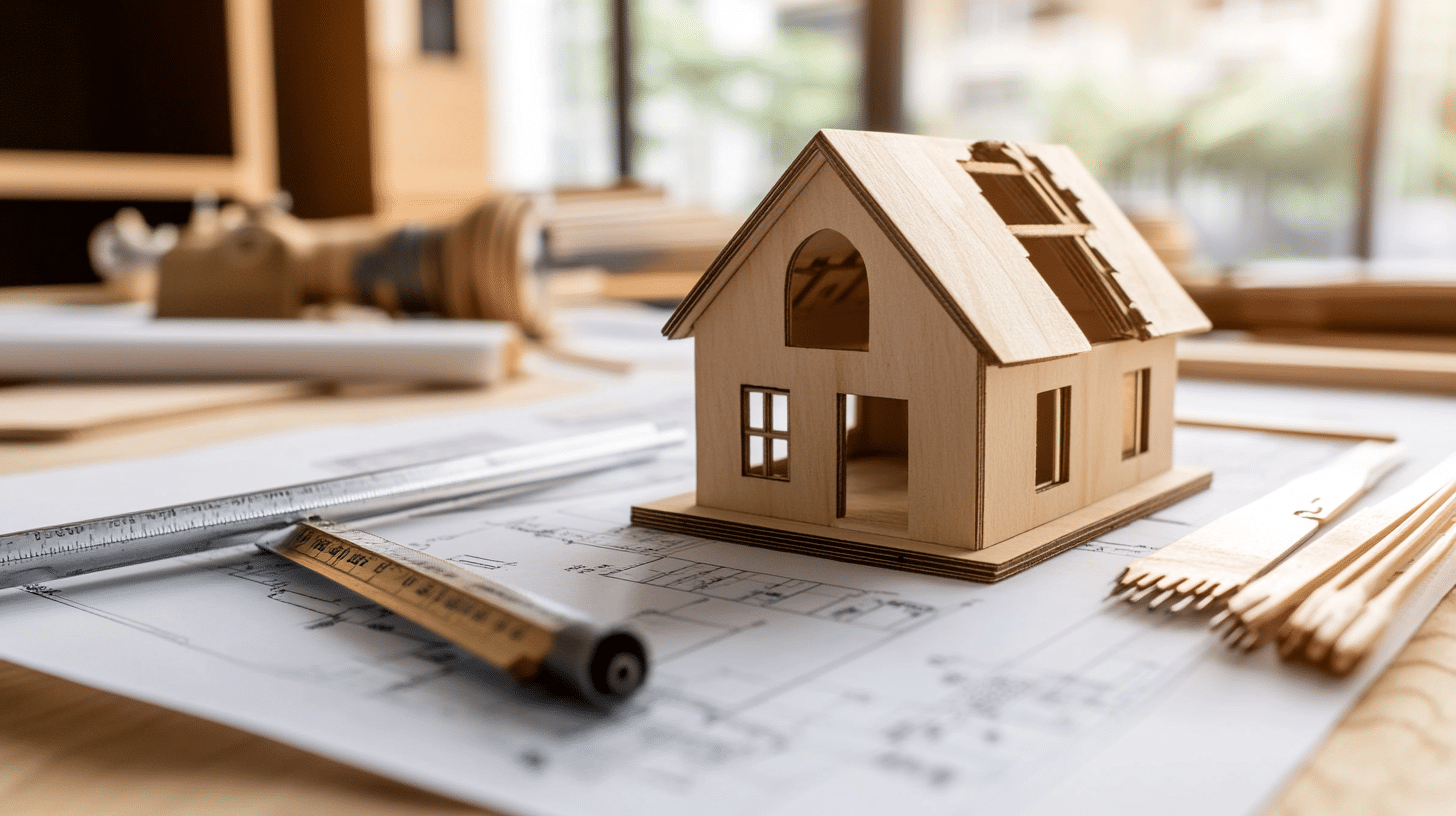6 Rookie Mistakes to Avoid When Building Your First Deck
Decks add to your house by expanding your living space and providing more room for entertaining guests. While you can hire a contractor to construct one, why not take matters into your own hands?
Building a deck is worthwhile, but you might encounter problems on your first go. Here are six rookie mistakes to avoid to make your time worthwhile.
1. Forgetting Your Building Permit
You must have the proper paperwork before picking up the hammer and nails. Check the local laws to see if you need a permit because each jurisdiction may have different regulations. Smaller decks might not require this license, whereas more extensive construction could necessitate a contractor.
For instance, imagine you live in Leon County, Florida, and want to build a deck. Local officials say you must obtain a building permit if the deck is 30 inches above grade on any side. While it requires time, this step is necessary for safety and compliance. Contact your city or county’s building department to get the best details.
2. Not Picking Quality Materials

You want your deck to last for decades, so picking quality materials is essential. Selecting cheap ledger boards or fasteners may only benefit you for a few years. The last thing you want is deck problems while doing morning yoga or enjoying a summer party. Scrutinize your material choices before starting construction.
When searching for building materials, prioritize hardwood and treated lumber because of their strength and durability. While it can fit budgets better, softwood’s low density and fading tendencies could make it a liability for your deck. Another consideration should be the wood’s treatment, so find lumber without harmful chemicals.
3. Messing up Ledger Board Installation
The ledger board connects the deck to your house, making it a crucial component. You must install it correctly because a miscalculation could compromise the entire structure.
One rookie mistake you should avoid is creating incorrect spacing for these boards. The American Wood Council recommends a half-inch gap or less between the ledger board and the face of the wall.
Another avoidable mistake is overlooking the ledger board’s flashing. While this factor matters for roofs, it also applies to your deck. Incorporate flashing around the ledger boards to protect the joists and beams from the weather. Compare flashing to weatherstripping on your garage door, considering each element insulates and protects from weather.
4. Selecting the Wrong Screws
Your ledger board installation could go badly if you select the wrong screws. These fasteners contribute to the structural integrity and should receive plenty of attention. While nails may be your go-to choice, you need the proper screw for each part of the deck. For instance, the ledger boards require long lag screws that extend beyond the band board by at least a half-inch.
Then, consider the various bolts and screws you need to secure the deck. Your toolbox should contain elevator bolts because they support your deck’s weight and pressure. Hex bolts are excellent fits to connect wooden pieces if you use lag screws. Ensure your wood is ready for them, as they can oddly enter when they penetrate the boards.
5. Unevenly Building the Steps

Building a deck requires a lot of focus on the flat surface. However, you shouldn’t forget the steps to ensure safe travels up and down. Improper installation could lead to you and your guests tripping and being injured. The deck could also violate building codes, so be careful when focusing on the riser height.
The riser height must be equal for most steps when constructing the stairs. However, the bottom step should differ from the others. It should be low to the ground to protect anybody who goes up the stairs. Check the building code to see how much variance is permissible with each step. While the difference may seem small, it’s critical for safety and compliance.
6. Neglecting Maintenance Afterward
Once you complete your project, the job isn’t permanently finished. Decks require ongoing maintenance over their life span, just like your car and the rest of your home.
Upkeep is even more critical if you live in an area prone to hurricanes, blizzards and other seasonal weather conditions. Prioritize deck maintenance as one of your home improvement projects year-round.
A deck’s most immediate need is cleaning, so inspect the wooden surface for dirt and debris. Mold could grow from precipitation, so clean the deck by mixing water, vinegar and dish soap.
Your maintenance checklist could also depend on your climate, so take season-specific steps. Summer involves checking the deck for drying because of the hot sun and harsh UV rays. Conversely, winter means removing snow or covering the surface with a tarp.
Building Your Deck Like a Professional
If you enjoy building and home improvement, a deck could scratch that itch. This outdoor area is terrific for enjoying the sun, having dinner or watching the kids play in the yard. While rewarding, its construction can be complex. Incorrect installation could compromise your deck, so avoiding the most common rookie mistakes is essential.







